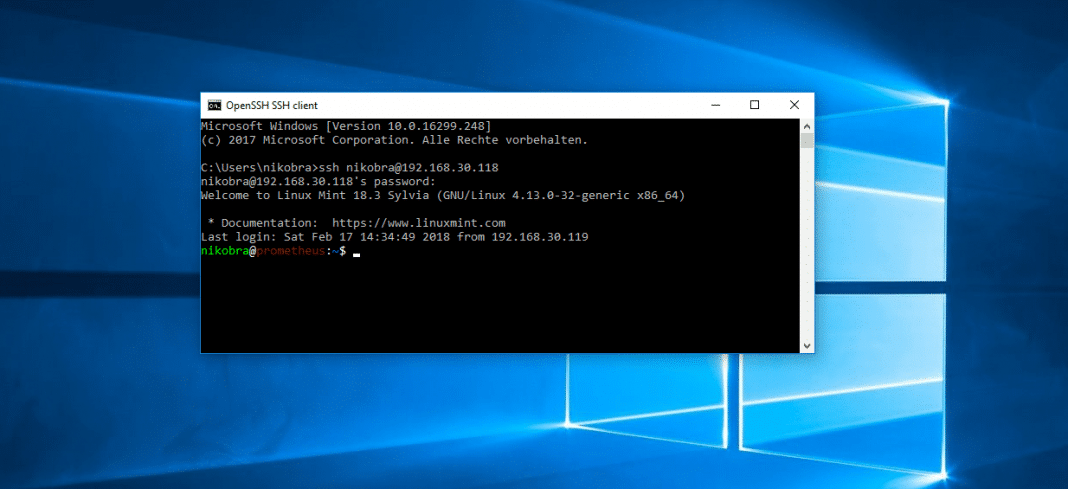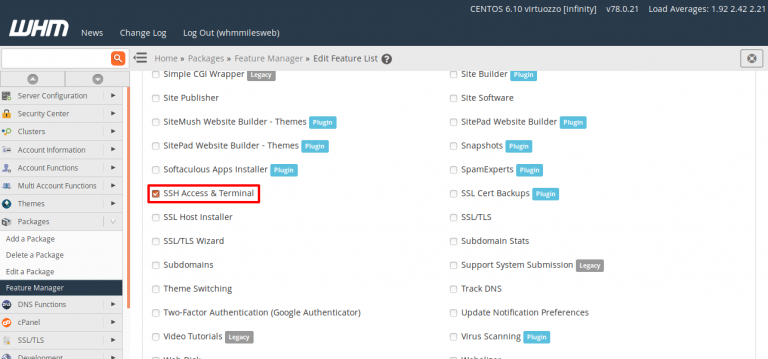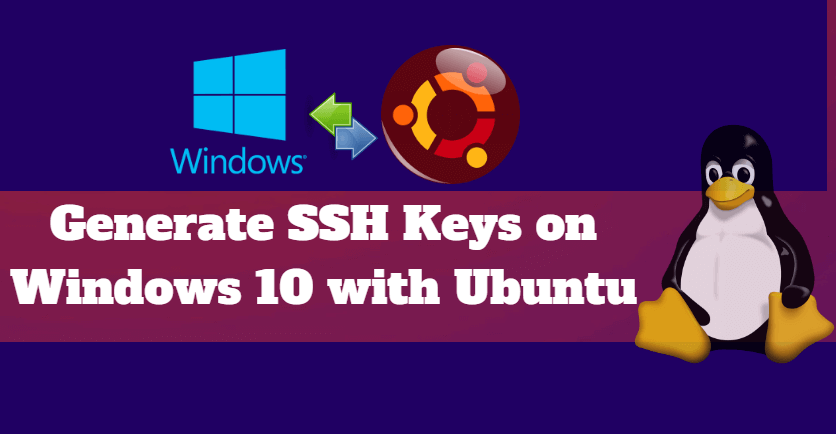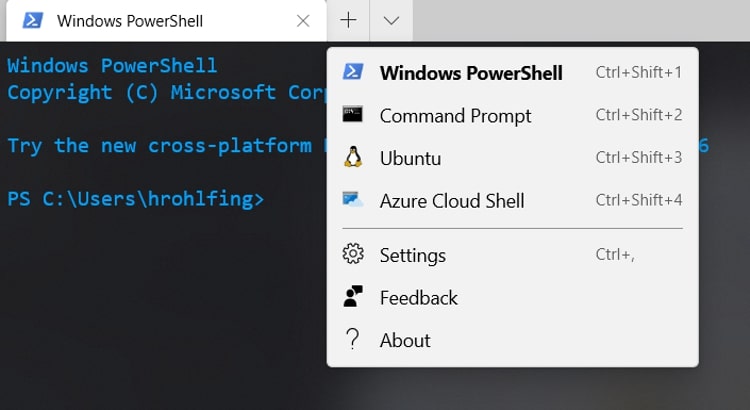

- START A WINDIOWS VIRTUALBOX FROM SSH SHELL INSTALL
- START A WINDIOWS VIRTUALBOX FROM SSH SHELL DRIVER
- START A WINDIOWS VIRTUALBOX FROM SSH SHELL SOFTWARE
- START A WINDIOWS VIRTUALBOX FROM SSH SHELL FREE
- START A WINDIOWS VIRTUALBOX FROM SSH SHELL WINDOWS
If the Windows system had a static IP address, you'll have to reconfigure the settings. It’ll take a few minutes to detect the hardware changes. You may delete the empty disk created by Proxmox VE when you created the VM.

In the line with ide0: we want to change vm-100-disk-1.raw,size=32G to windows-server.qcow2 Once the conversion is complete, we need to edit the configuration file for the VM. This can take a while depending on the size of file and speed of your system. Qemu-img convert -f vmdk /mnt/usb/windows-server/windows-server.vmdk -O qcow2 /var/lib/vz/images/100/windows-server.qcow2 In my case, the vmdk file was located in /mnt/usb/windows-server/ You should see the contents of the USB drive. Disabling the network adapters will avoid potential IP conflicts if you will start the physical server back into Windows after you have your new virtual server running. Once the VMware converter has completed, disable all of the networks adapters on the physical server and shut down. For this guide, we’ll be using 100 as an example. We won’t be using the disk created by Proxmox VE. In the Hard Disk menu, leave everything as default. You’ll want to use similar CPU and memory as the physical system. If you get a blue screen during boot, you should try this step.Ĭreate a new KVM virtual machine. You won't know if you need this step until starting the Windows VM in the final step. If promoted to convert the disk to Workstation 9.x compatibility, say Yes.
START A WINDIOWS VIRTUALBOX FROM SSH SHELL INSTALL
This allows windows to install additional drivers for the disk controller. vmdk file using VMware Workstation or Player before moving the file to the Proxmox VE server. NOTE: Depending on your hardware, you may need to boot the. It will now convert your physical machine to a. The next screen shows the settings for the virtual machine.Ĭlick on Advanced options, select the Post-conversion tab and make sure ‘Install VMware Tools on the destination virtual machine’ is NOT check. Select a location for the virtual machine: Browse to the USB or Network drive where the image will be saved.Name: Enter the desired name for the image.Select VMware Product: VMware Workstation 8.0.x.Select destination type: VMware Workstation or other VMware virtual machine.Specify the powered-on machine: This local machine.Launch VMware vCenter and use the following settings:
START A WINDIOWS VIRTUALBOX FROM SSH SHELL FREE
NOTE Although the final image will be around the same size as the actual amount of data on the server, the Proxmox VE server should have enough free space to fit the total physical disk of the server unless you plan to shrink the windows disks. You may also save to a mapped network share. This guide is using an external USB Hard Drive. Execute mergeide.reg ( File:Mergeide.zip).
START A WINDIOWS VIRTUALBOX FROM SSH SHELL SOFTWARE
START A WINDIOWS VIRTUALBOX FROM SSH SHELL DRIVER
Windows will install all needed drivers automatically, just the Intel NIC drivers for e1000 must be loaded from ISO (I got one big driver ISO from Intel containing all NIC drivers).




 0 kommentar(er)
0 kommentar(er)
